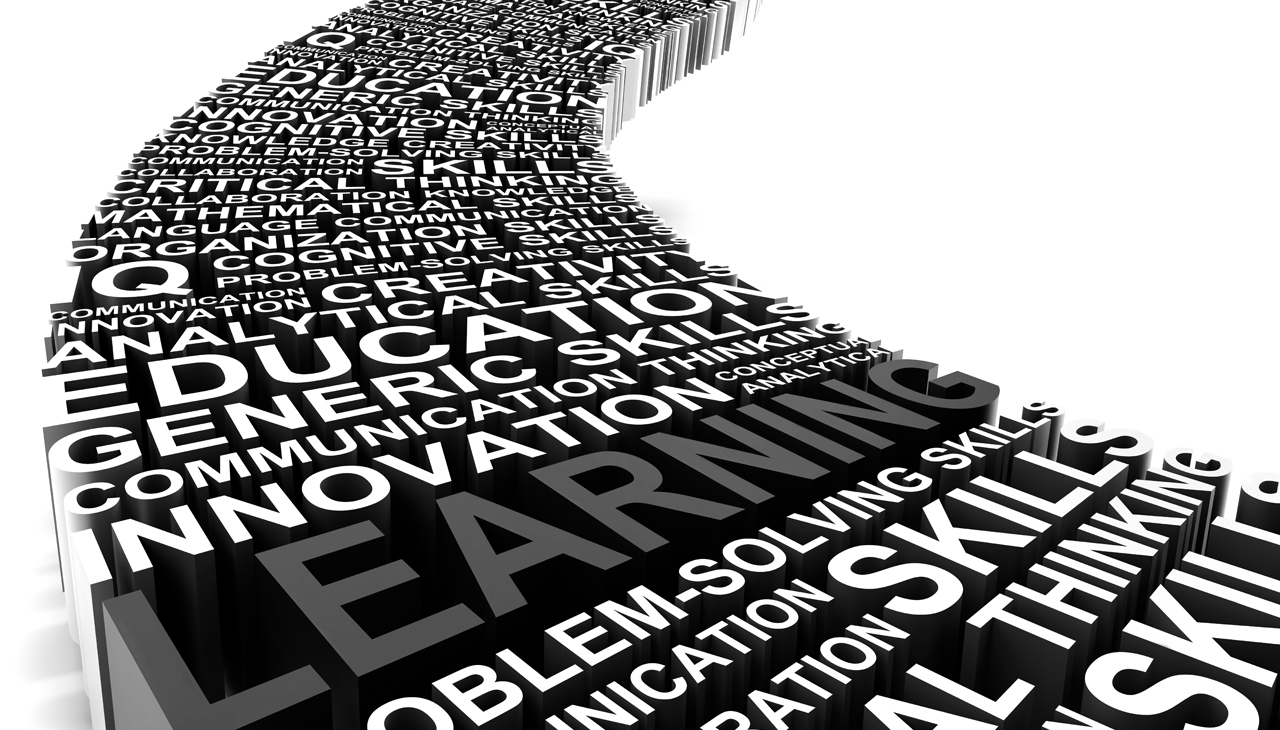
Immigration Heritage Month: Changing the narrative, one story at a time
It is a common occurrence for self-serving media and politicians to manipulate the tone in which certain issues are discussed in the national stage. In the…
It is a common occurrence for self-serving media and politicians to manipulate the tone in which certain issues are discussed in the national stage. In the case of immigration, the current conversation has been framed as a white versus brown, good versus evil, immigrant versus native-born story. The Immigrant Heritage Month campaign aims to change this. The month-long celebration, now in its second year, has created what they call a “digital vault” where people can share their immigration stories. And it seems to be working: Along with hoards of the campaign’s social media followers, they’ve been able to get enthusiastic support from celebrities, athletes, faith, business and civil rights leaders, and even elected officials, including First Lady Michelle Obama and President Barack Obama.
“Not everybody gets to grow up in New York City and see sort of the beauty of the world all within a couple of square miles. So it's going to take an education process. That's a part of what Immigrant Heritage Month is about,” said Alida Garcia, Director of Coalitions & Policy at FWD.us. Miss Garcia – along with Daniel Alejandro Leon-Davis, Digital director of Immigrant Heritage Month, Roberto Frugone from the NALEO Educational Fund and Felice Gorordo from ClearPath Immigration – recently joined me on a discussion about the state of immigration, and what they hope to achieve with the campaign.
Prompting cross-cultural exchanges
In a nation built by immigrants, you’d think the weight of these contributions would be self-evident. Truth is, few things have had more far-reaching, valuable, or enduring influence in this country than immigration. Yet instead, immigrants continue to be demonized, just like the Jewish, Irish, Italians and other ethnicities did at different points in history. Hopes for reforming the unjust system that tears apart thousands of families each year seem to be all but dead. Yet advocates should not give up just yet, pointed Mr. Gorordo. “The most important thing that we need to do is to get involved and not give up hope,” he insisted. “There is hope for reform, and were an integral part of that.”
A good first step is showcasing these stories. By doing this, the organizers hope to break the cycle of harassment, shaming and scapegoating of immigrants that has become the standard in the national conversation. “We are seeking to redefine [immigration] in people's minds; to show that when you say “I’m an immigrant,” that it's not a bad thing. It's a thing of pride, in the same way that saying “I'm American” is a thing of pride,” said Mr. Leon-Davis.
In addition to the digital storytelling piece, the campaign seeks to engage local communities around the country in a positive, non-partisan and non-polarizing way by hosting lectures, workshops, films screenings, and other events. The idea, says Miss Garcia, “is really to provide an opportunity for those who may not be engaging in the day-to-day bait about immigration policy to just talk about people and things that they love about this country; to learn a little bit more and have cross-cultural exchanges.” She adds, “It’s really in that cultural exchange that we'll provide the opportunity for more equality within our society.”
Changing the narrative
For change to occur, it must first begin with us. The potential for a change in the narrative about immigrants is directly proportional to our willing to stand up – and speak up. This month, and hereafter, let’s pledge to do just that. We have the power to re-contextualize immigration as what it is: The beautiful, heroic journey of human beings searching for greatness. The story of the parents, grandparents and great grandparents of every non-indigenous person in this country. The story of YOU and ME. The story of America.
• Watch the full video interview above or at https://www.youtube.com/watch?v=XHau18Stol0
• Submit your stories on the Welcome.us website
• On Social Media: Share your photos using the hashtag #IHM2015 or #ImmigrantHeritageMonth
• Read the White House blog on Immigrant Heritage Month
• Share your story with the White House
• Share resources like those from NALEO and Clearpath Immigration with those who may need it
• Attend local #IHM2015 events
• Get to know and support Immigrant Heritage Month partners and Honorary Board Members*
* In the spirit of full disclosure: I’m an honorary board member of the IHM2015 campaign









LEAVE A COMMENT: